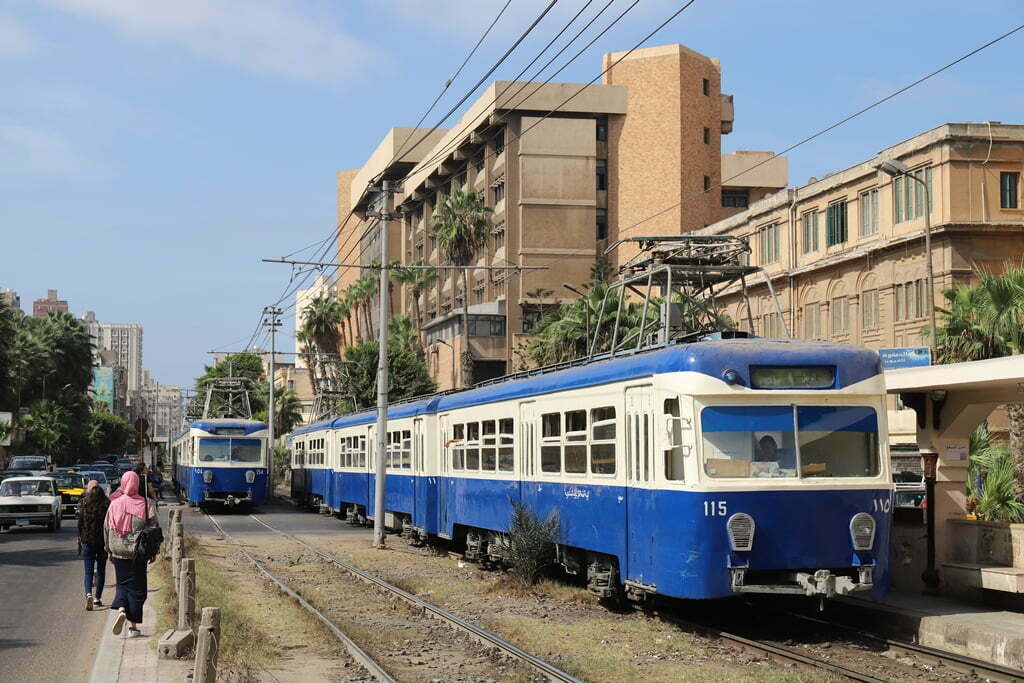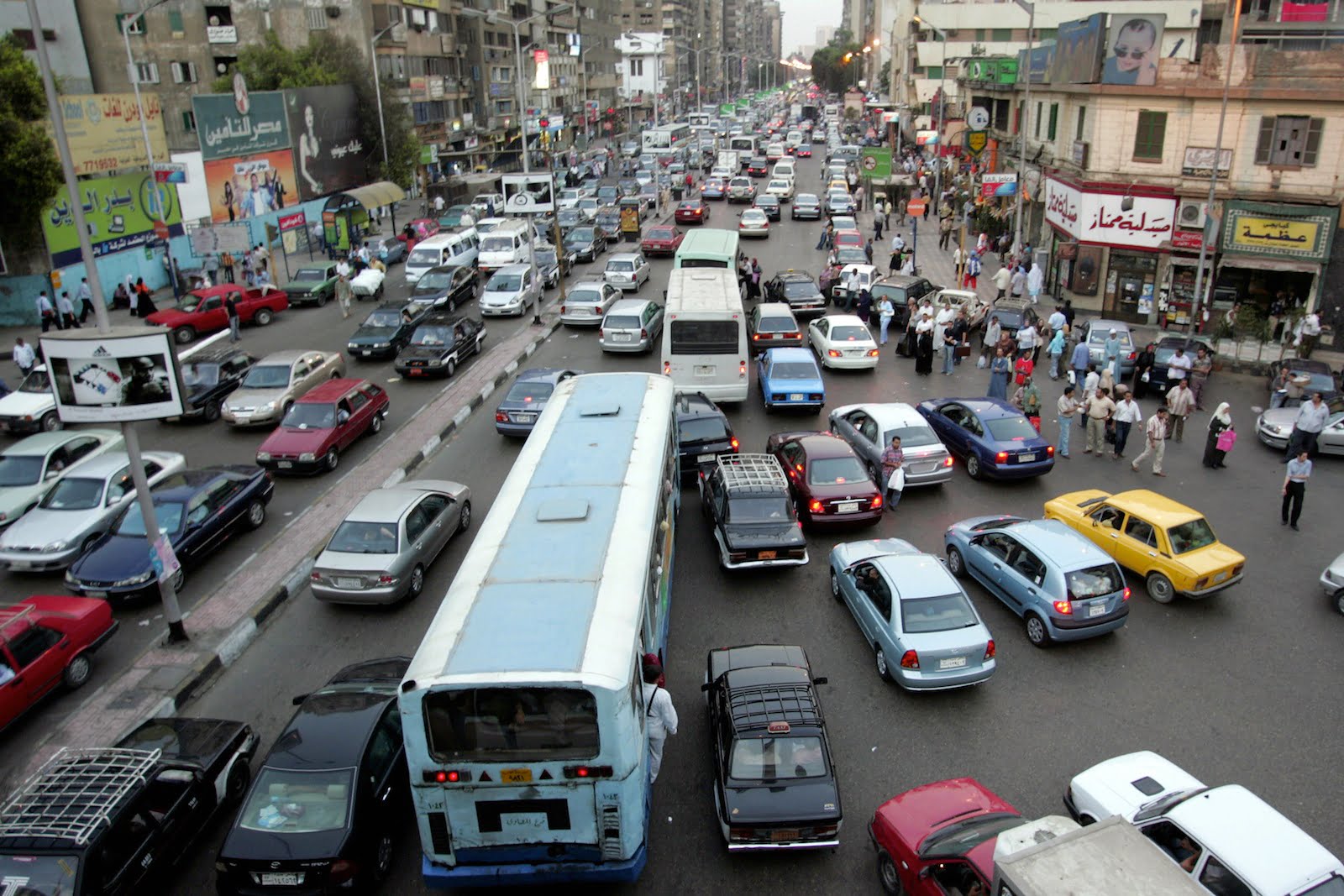In the bustling city of Cairo, public transport thrives with a system that caters to the needs of its residents. However, as you venture beyond the city limits, the availability of transportation options dwindles significantly. While Cairo enjoys an adequate public transport network, other regions in Egypt struggle with limited accessibility. This article explores the stark contrast between the two, shedding light on the challenges faced by those living outside the capital and the potential implications for transportation infrastructure across the country.
Public Transport in Cairo
Overview
Cairo, the bustling capital of Egypt, is home to a diverse and extensive public transport system that serves the needs of millions of residents and visitors each day. With its population rapidly growing and urbanization on the rise, efficient and accessible public transport is crucial for the city’s mobility and sustainability. Cairo’s public transport system comprises various modes of transportation, including the metro, buses, microbuses, and taxis. While the system has its fair share of challenges, efforts are continuously being made to improve its efficiency and accessibility.
Modes of Public Transport
Metro
The Cairo Metro is a key component of the city’s public transport network. Since its inception in 1987, it has become one of the most widely used modes of transportation. The metro system consists of three lines that cover the city’s major areas, providing a reliable and efficient means of travel. With air-conditioned trains and affordable fares, the metro has become a popular choice for many commuters, allowing them to navigate through Cairo’s congested streets quickly.
Buses
Buses play a crucial role in Cairo’s public transport system, offering widespread coverage across the city. The Cairo Transit Authority is responsible for operating the bus network, which includes both public and private buses. While buses are an affordable and relatively convenient mode of transport, their efficiency is often hindered by the city’s notorious traffic congestion. Nevertheless, efforts are being made to improve the reliability of bus services by implementing dedicated bus lanes and optimizing routes.
Microbuses
Microbuses, often referred to as “service” or “shuttle” taxis, are another common mode of public transport in Cairo. These small vans operate on fixed routes, picking up and dropping off passengers along the way. Although microbuses provide a flexible and accessible option for transportation, their informal nature and lack of regulation can result in overcrowding and erratic driving behavior.
Taxis
Taxis in Cairo are abundant and offer a more personalized means of transport compared to other modes. Both metered and negotiable fares are commonly used, depending on the type of taxi. However, it is essential to negotiate fares before starting a journey to avoid any disputes. Taxis are often hailed on the street, but ride-hailing apps have also gained popularity, providing a more convenient and reliable option for commuters.
Challenges of Public Transport in Cairo
Traffic Congestion
One of the significant issues faced by public transport in Cairo is the high level of traffic congestion. As a rapidly growing metropolis, the city’s road infrastructure struggles to keep up with the increasing number of vehicles on the roads. Traffic congestion not only slows down public transport services but also makes them unreliable, negatively impacting the commuting experience for passengers.
Overcrowding
Overcrowding is a common challenge that affects various modes of public transport in Cairo. Due to the city’s large population and limited transportation options, trains, buses, and microbuses often operate at maximum capacity, leading to discomfort for passengers. Overcrowding can also pose safety risks, especially during rush hours when platforms and vehicles become excessively crowded.
Insufficient Infrastructure
Another obstacle to efficient public transport in Cairo is the lack of sufficient infrastructure, particularly dedicated lanes and well-maintained roads. This limitation hinders the speed and reliability of buses and microbuses, as they have to navigate through the same congested roads as private vehicles. Improving and expanding the infrastructure is crucial to enhancing the overall efficiency of the public transport system.
Pricing Issues
Pricing is a significant concern for both passengers and public transport operators in Cairo. While the fares for metro and buses are relatively affordable, there have been ongoing debates about the fairness of taxi fares, especially when it comes to negotiating prices. Establishing a transparent and standardized fare structure that is fair to all parties involved would contribute to a more equitable public transport system.

Improvements in Public Transport in Cairo
Metro Line Extensions
To address the overcrowding and limited coverage of the existing metro system, Cairo has been investing in the expansion of metro lines. These extensions aim to increase the reach of the metro network to underserved areas, providing more convenient access to public transport for a larger portion of the population. The addition of new stations and lines has the potential to alleviate congestion and reduce travel times, further enhancing the efficiency of the metro system.
Bus Rapid Transit System
Cairo has recently introduced a Bus Rapid Transit (BRT) system, known as the Cairo BRT, which aims to provide a faster and more reliable form of bus transportation. The BRT system involves the creation of dedicated bus lanes and the use of modern buses with improved technology and comfort. By segregating buses from regular traffic, the BRT system can significantly reduce travel times and increase the attractiveness of bus travel as a viable alternative to private cars.
Modernization of Public Buses
To improve the quality and efficiency of bus services, Cairo has been investing in the modernization of its public bus fleet. Older buses are being replaced with newer, more eco-friendly models equipped with advanced features such as air conditioning, GPS tracking, and real-time passenger information systems. These upgrades not only provide a more comfortable experience for passengers but also contribute to improved operational efficiency and reduced environmental impact.
Public Transport in Other Regions of Egypt
Limited Availability
Public transport options in other regions of Egypt, outside of Cairo, are relatively limited compared to the capital city. Smaller towns and rural areas often lack reliable and frequent public transport services, making private transportation the primary mode of travel for residents in these regions. This disparity in accessibility can pose challenges for individuals who cannot afford private vehicles and rely on public transport for their daily commuting needs.
Inadequate Infrastructure
Similar to Cairo, other regions of Egypt also face issues related to insufficient infrastructure for public transport. The lack of well-maintained roads and dedicated public transport lanes hinders the efficiency and reliability of bus services. Without proper infrastructure, it becomes challenging to establish an integrated and efficient public transport network that can effectively serve the needs of residents in these regions.
Reliance on Private Transportation
Due to the limited availability and reliability of public transport, many individuals in other regions of Egypt heavily rely on private transportation to meet their daily travel requirements. This heavy reliance on private vehicles contributes to traffic congestion, air pollution, and increased fuel consumption. Encouraging a shift towards more sustainable modes of transport, such as buses and trains, is crucial to reducing the environmental impact and improving overall mobility in these regions.

Efforts to Improve Public Transport in other Regions
Investment in Infrastructure
To address the infrastructure challenges in other regions, the Egyptian government has initiated several infrastructure development projects focused on improving public transport connectivity. These projects involve the construction and maintenance of roads, bridges, and dedicated bus lanes. By investing in infrastructure, the government aims to provide better transportation options and enhance the overall mobility of residents in these regions.
Introduction of Bus Services
In an effort to expand public transport availability, bus services have been introduced in various regions of Egypt. These services connect urban centers with surrounding towns and villages, providing a vital link for residents who rely on public transport. By increasing the frequency and coverage of bus routes, individuals in these regions can benefit from more reliable and accessible transportation options.
Integration with National Networks
Efforts are being made to integrate regional public transport networks with the national transportation system. By establishing better coordination and connectivity between different regions, individuals can have seamless travel experiences when commuting long distances within Egypt. Integration efforts focus on improving ticketing systems, timetables, and intermodal transfers to ensure efficient and convenient travel across the country.
Comparison between Cairo and Other Regions
Accessibility
When it comes to accessibility, Cairo clearly outperforms other regions in Egypt. With its extensive metro network, widespread bus services, and abundance of taxis, Cairo provides a relatively well-connected and accessible public transport system. Other regions often struggle to offer the same level of accessibility due to limited infrastructure and services.
Efficiency
Cairo’s public transport system faces challenges related to traffic congestion and overcrowding, which can impact its efficiency. However, compared to other regions, Cairo still offers a higher level of efficiency due to the availability of multiple modes of transport and relatively frequent service frequency. Other regions often have limited service options and less frequent schedules, leading to longer waiting times and less efficient travel experiences.
Comfort
When it comes to comfort, Cairo’s public transport system shows room for improvement. Overcrowding on the metro and buses can make journeys uncomfortable, especially during peak hours. However, efforts to modernize buses and introduce new metro lines are gradually improving the comfort level for passengers. In other regions, where public transport options are limited, comfort can be even more compromised due to outdated vehicles and lack of amenities.
Affordability
In terms of affordability, Cairo’s public transport system offers relatively reasonable fares, making it accessible to a wide range of income groups. However, the negotiation-based pricing of taxis can sometimes lead to inconsistent fares. In other regions, limited public transport options and the reliance on private vehicles can result in higher transportation costs for residents, particularly those with lower incomes.

Environmental Impact of Public Transport
Reduced Carbon Emissions
One of the significant advantages of a well-functioning public transport system is the reduction in carbon emissions. As more individuals choose public transport over private vehicles, the overall carbon footprint of the transportation sector decreases. Favorable policies, such as promoting the use of electric buses and trains, can further contribute to the reduction of greenhouse gas emissions and air pollution in Cairo and other regions of Egypt.
Decreased Traffic Congestion
By encouraging the use of public transport, traffic congestion can be alleviated, resulting in smoother traffic flow and reduced travel times for all road users. As a result, fuel consumption and overall traffic-related emissions decrease, leading to a more sustainable and environmentally friendly transport system. Investing in infrastructure and improving the efficiency of public transport can play a crucial role in reducing traffic congestion in Cairo and other regions of Egypt.
Conclusion
Cairo’s public transport system plays a vital role in catering to the mobility needs of millions of people in the bustling capital city. Despite facing challenges such as traffic congestion, overcrowding, and insufficient infrastructure, efforts to improve the system’s efficiency and accessibility are underway. Metro line extensions, the introduction of a Bus Rapid Transit system, and the modernization of buses are some of the initiatives aimed at enhancing public transport in Cairo. However, the availability and quality of public transport in other regions of Egypt remain limited. Investment in infrastructure, the introduction of bus services, and integration with national networks are necessary steps to improve public transport accessibility and efficiency outside of Cairo. Additionally, the environmental benefits of public transport, such as reduced carbon emissions and traffic congestion, highlight the importance of sustainable mobility solutions for Egypt’s future. By continuously addressing the challenges and embracing opportunities for improvements, Egypt can create a comprehensive and efficient public transport system that meets the needs of its growing population and contributes to a more sustainable future.


